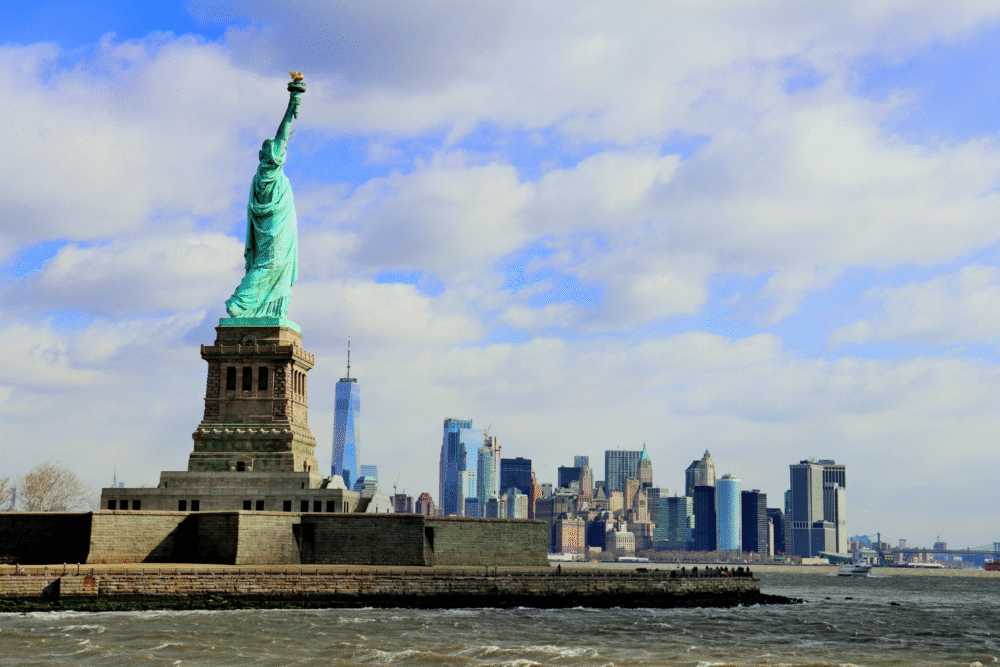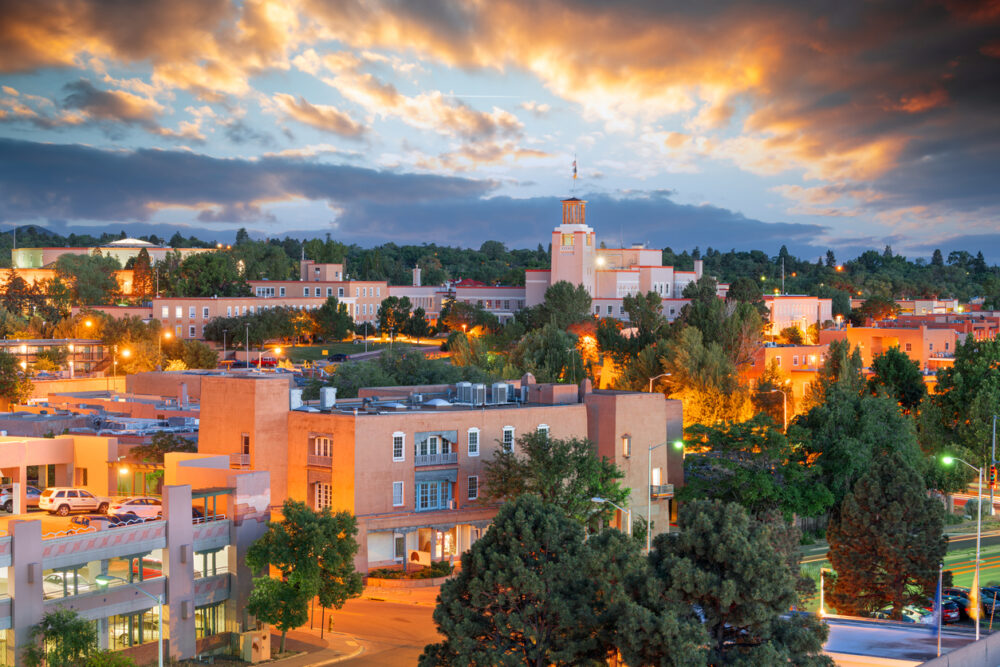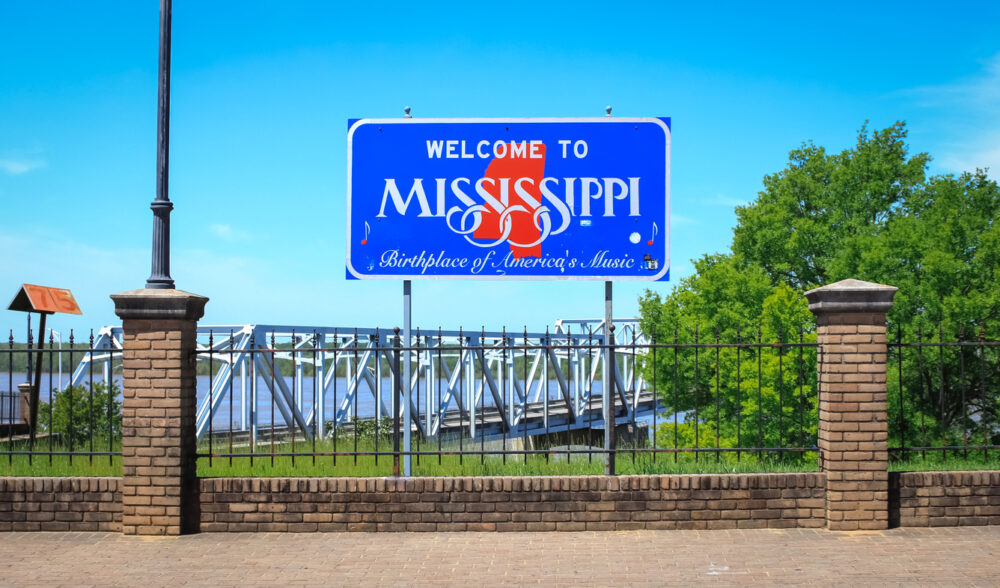Job markets vary widely across the country, leaving some states struggling.

While many areas of the U.S. enjoy low unemployment, others continue to face stubbornly high jobless rates. These numbers reflect more than statistics—they affect local economies, wages, and the financial security of families.
Regional differences in industry, policy, and opportunity explain much of the variation. Here are fifteen states currently facing the highest unemployment rates in the nation.
1. California continues to struggle with job recovery.

Despite its strong tech sector, California faces challenges in hospitality, retail, and service industries. The state’s size means small shifts in employment create large numbers of unemployed workers.
High housing costs also complicate job growth. Many workers leave expensive areas, creating mismatches between where jobs exist and where people can afford to live.
2. Nevada depends heavily on tourism.

Nevada’s economy thrives on casinos, hotels, and entertainment. When travel slows, the state feels it almost immediately. Jobs tied to tourism remain unstable, contributing to higher unemployment rates.
Seasonal swings also play a role. Tourism spikes around major events but dips sharply in slower months, leaving workers vulnerable to layoffs.
3. New York balances finance with service jobs.

New York boasts strong finance and media sectors, but much of its employment still comes from service industries. These jobs remain less secure, keeping unemployment higher than the national average.
The cost of living adds pressure, as lower-paying jobs can’t keep pace with expenses. This gap contributes to persistent struggles for many workers.
4. Alaska faces seasonal job challenges.

Much of Alaska’s employment comes from industries like fishing, oil, and tourism. These jobs are highly seasonal, leading to large shifts in unemployment throughout the year.
Geographic isolation and high living costs make it harder to sustain steady employment. When seasonal work ends, many communities face sharp declines.
5. New Mexico grapples with limited industry diversity.

New Mexico’s economy leans heavily on government jobs, energy, and agriculture. The lack of broader industry diversification limits job growth and opportunities.
This dependence means downturns in one sector hit hard. Without expansion into new areas, unemployment remains stubbornly high.
6. Illinois faces manufacturing and budget woes.

Illinois has strong urban centers, but manufacturing declines and state budget struggles weigh heavily on employment. Businesses often hesitate to expand in uncertain conditions.
Rural areas suffer even more, as jobs shift away from traditional industries without new opportunities to replace them.
7. Michigan still recovers from auto industry shifts.

The auto industry remains central to Michigan, but automation and global competition continue to reduce jobs. While new opportunities emerge, they haven’t replaced the scale of past employment.
This ongoing transition leaves gaps in the workforce. Many communities still feel the weight of lost factory jobs.
8. Mississippi faces long-term poverty challenges.

Mississippi consistently reports high poverty rates, and unemployment compounds the issue. Many jobs available are low-wage, with limited paths for advancement.
Educational gaps add to the problem. Without stronger pipelines into higher-paying industries, unemployment remains a persistent challenge.
9. Arizona’s growth masks instability.

Arizona is often seen as a growth state, but much of that growth comes from housing and service industries. These sectors are sensitive to economic swings.
When construction slows or tourism dips, unemployment rises quickly. The state’s rapid expansion sometimes outpaces job stability.
10. Louisiana struggles with energy market shifts.

Louisiana’s economy has long relied on oil and gas. Fluctuations in energy prices create waves of unemployment whenever the industry contracts.
Hurricanes and natural disasters also disrupt jobs regularly. Recovery takes time, leaving workers vulnerable in the meantime.
11. West Virginia transitions away from coal.

Coal once dominated West Virginia’s economy, but demand has declined sharply. The shift leaves many workers without equivalent opportunities to replace lost jobs.
Efforts to diversify industries are underway, but progress is slow. Communities built on coal continue to struggle with limited options.
12. Oregon faces rising costs and uneven growth.

Oregon benefits from tech and creative industries, but job growth isn’t evenly spread. Rural areas face higher unemployment, while cities see more opportunity.
The state’s rising cost of living also creates barriers. Workers in low-paying jobs struggle to afford housing near areas of growth.
13. Kentucky relies on vulnerable industries.

Kentucky’s employment base leans on manufacturing and agriculture. When either industry slows, unemployment spikes. Job diversity is limited, especially in rural communities.
This dependence creates cycles of instability. Without new industries, the state remains exposed to economic fluctuations.
14. Pennsylvania faces post-industrial challenges.

Once a hub for steel and manufacturing, Pennsylvania still struggles with the decline of those industries. New jobs exist, but not at the same scale.
Rural towns in particular face limited opportunities. Unemployment remains higher in these areas, even as cities grow.
15. Washington, D.C. shows uneven employment.

Though technically not a state, D.C. consistently ranks high in unemployment statistics. Federal jobs dominate, but service industries make up much of the rest.
When budgets tighten or demand shifts, layoffs hit quickly. The city’s wealth gap also means many residents remain stuck in unstable work.
